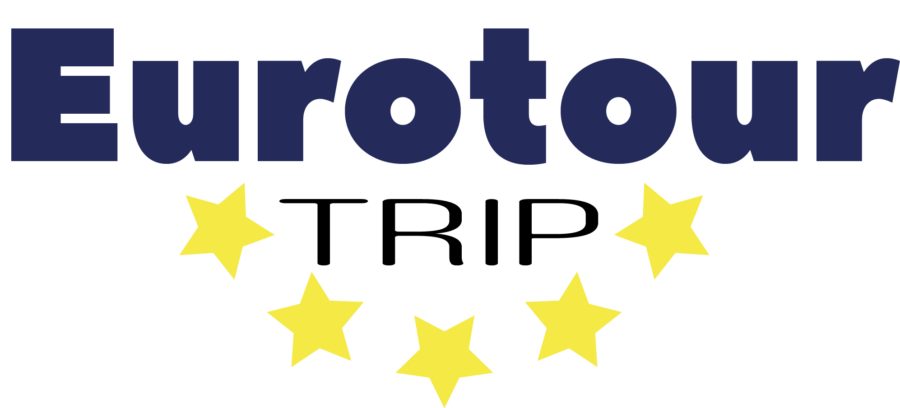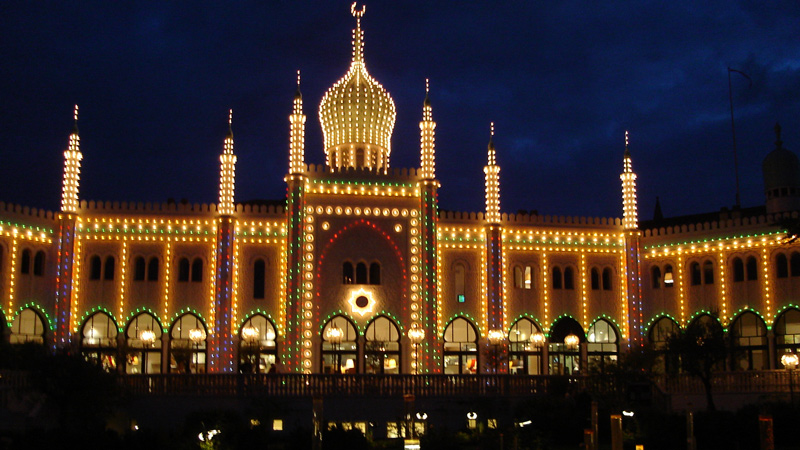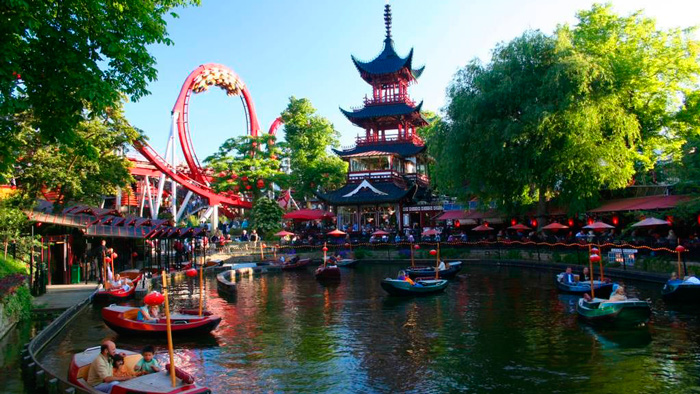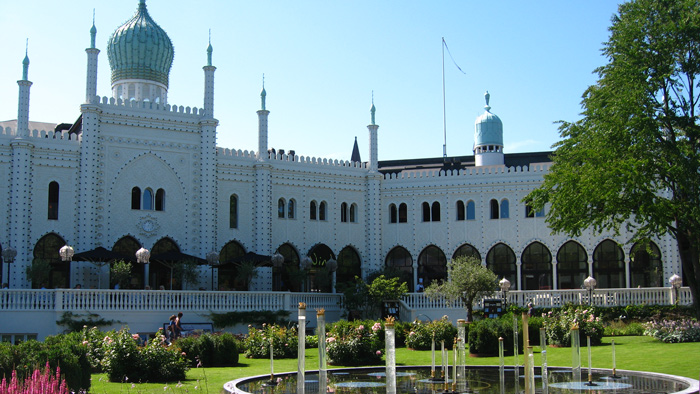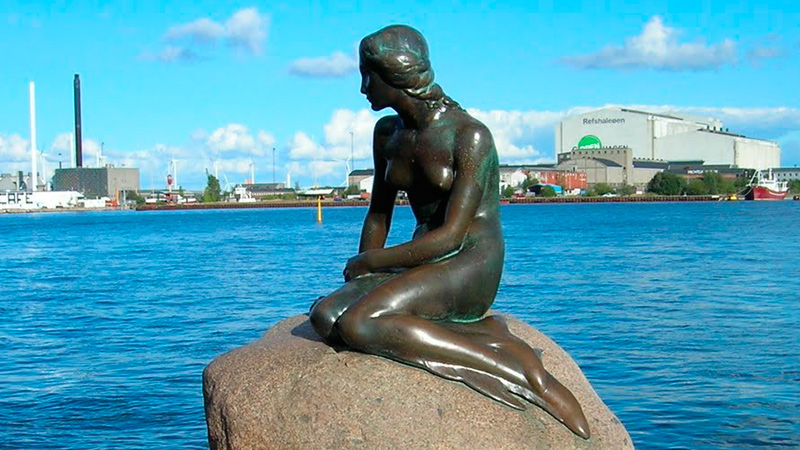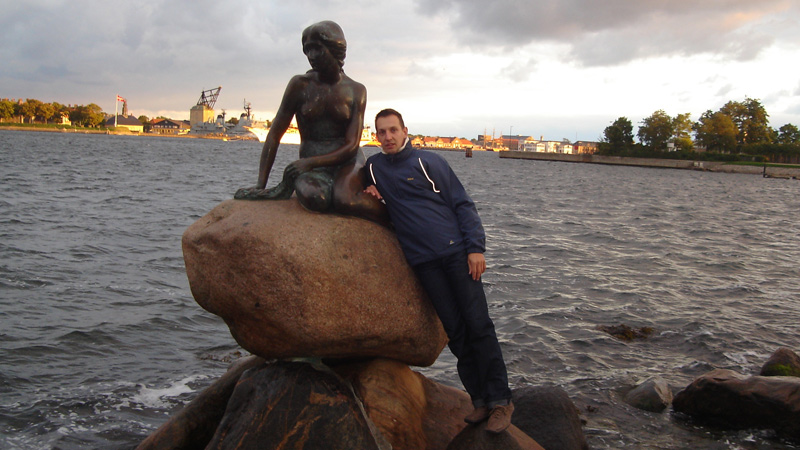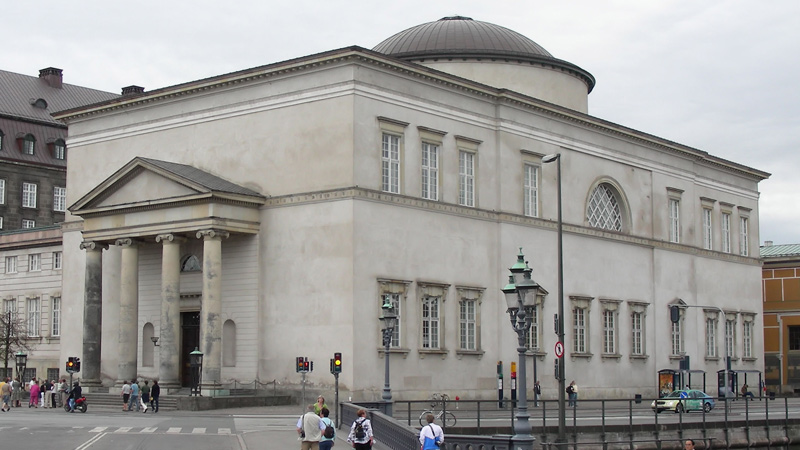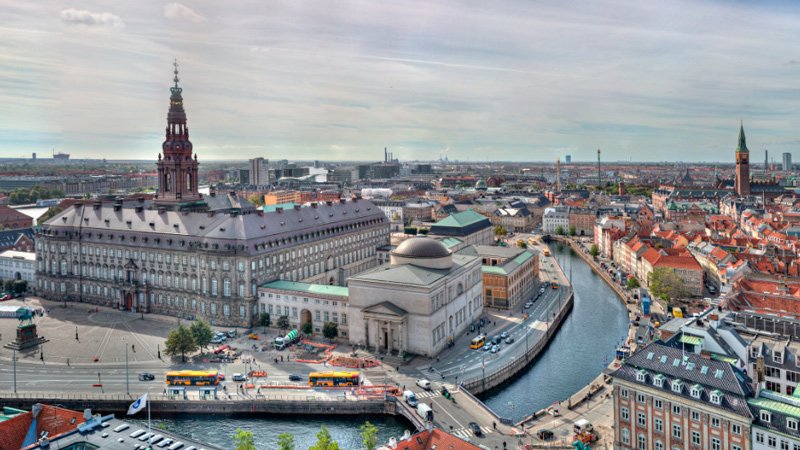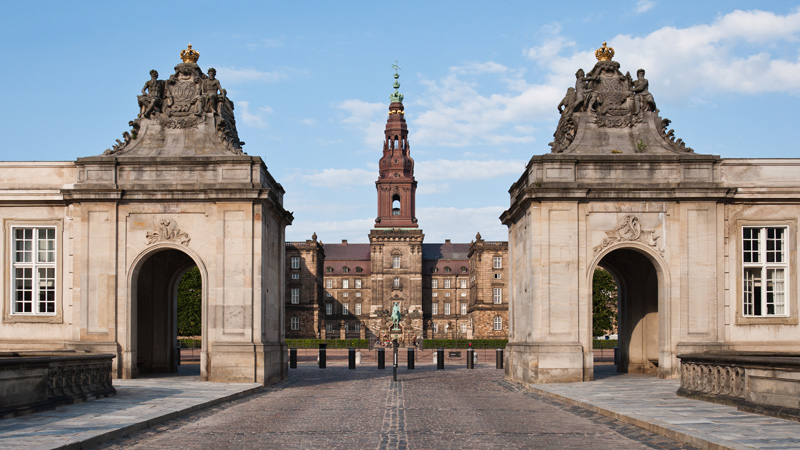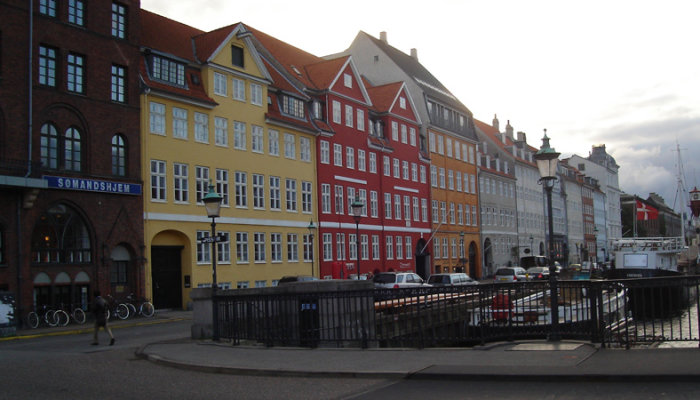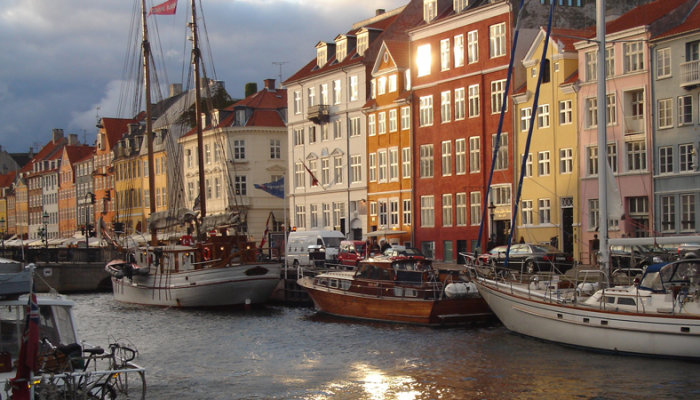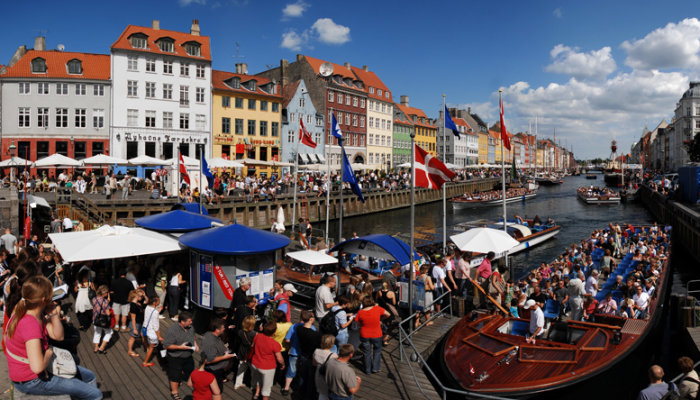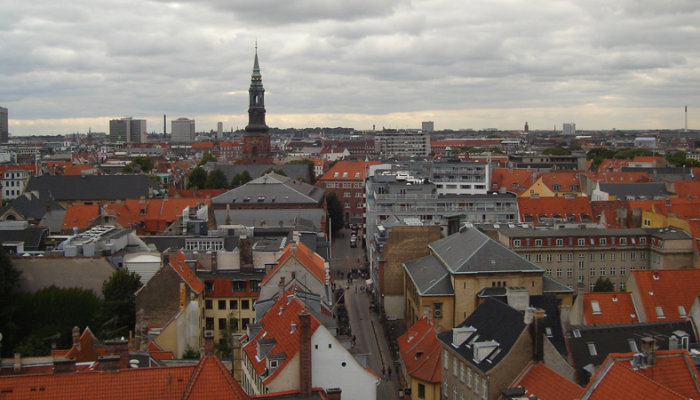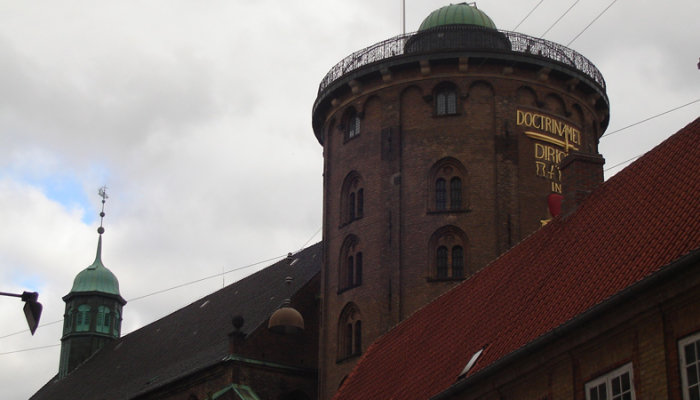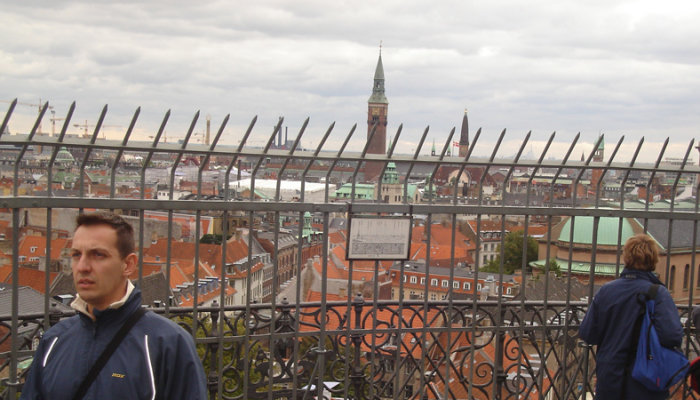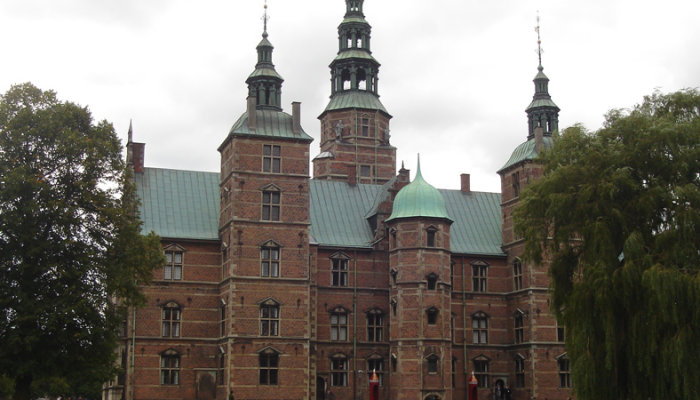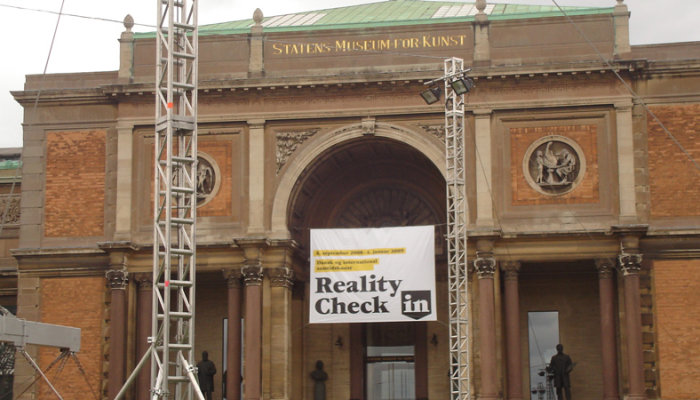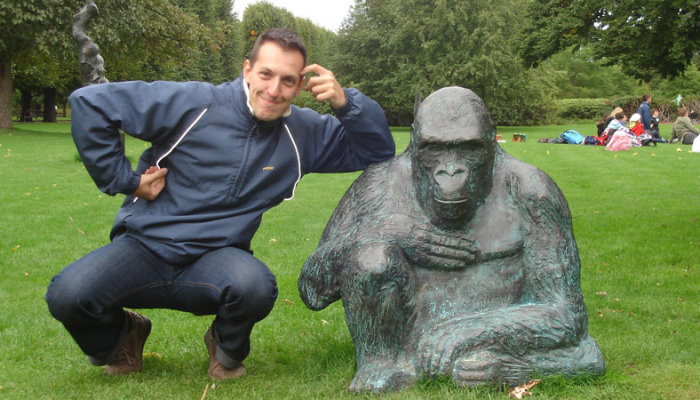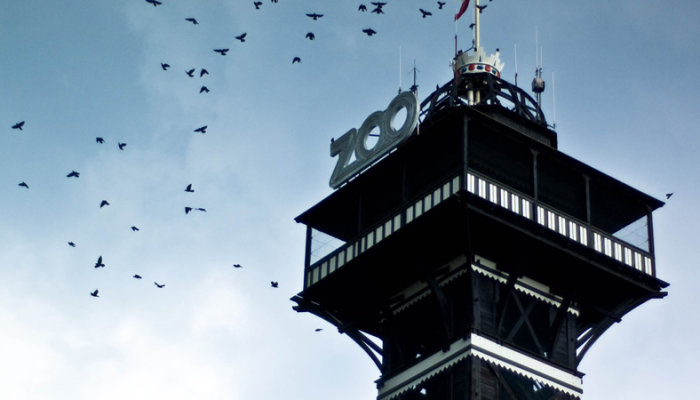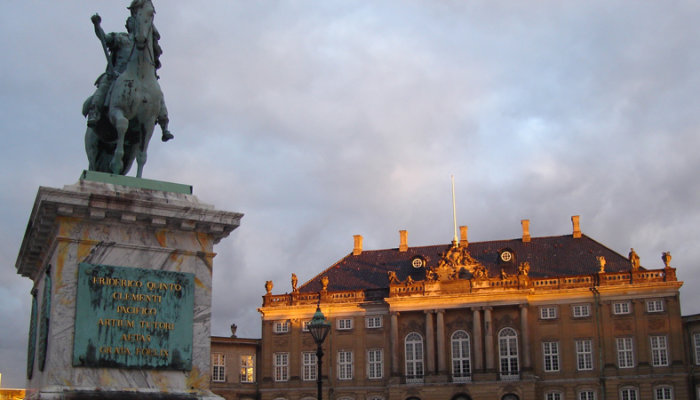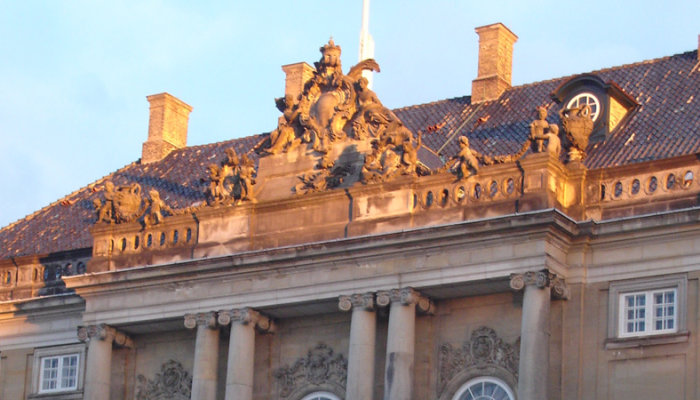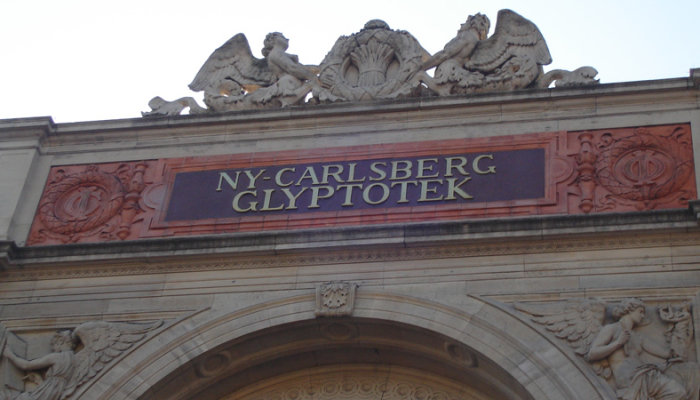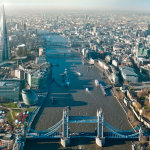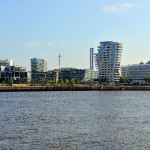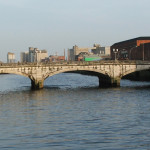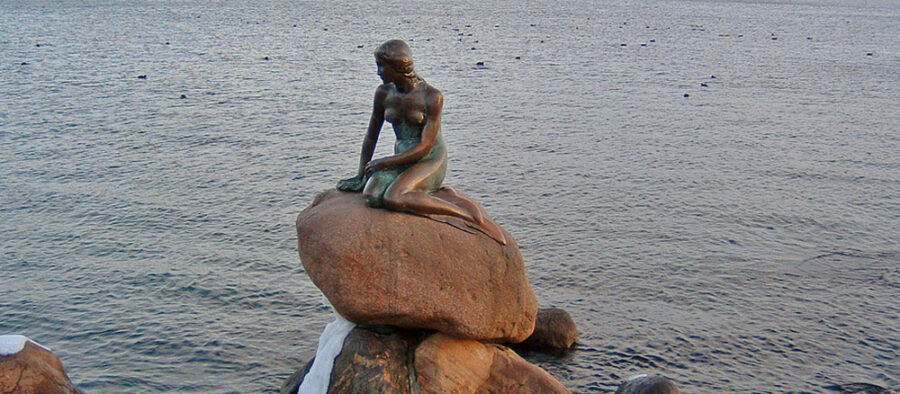
03 Aug Copenhagen
There are a lot of attractions in the area of Copenhagen. Several museums are just waiting for visitors, the pedestrian mall Ströget is full of interesting shops and the famous amusement park Tivoli offers experiences for the smallest members of the family, and why not for bigger ones too? And let us not forget the popular Little Mermaid –statue.
[adinserter block=”14″]
Sights
Tivoli
The Tivoli is the second oldest amusement park in the world. It is located in the center of the capital, opposite the railway station. The total area is eight hectares. The park attracts about 4.5 million visitors annually.
The amusement park was instituted by an officer, Georg Carstensen, and it was opened on August, 15 1843. The original name was Tivoli & Vauxhall, but the second part of the name was removed in 2004. Nowadays the park has changed significantly, and the only memory from its history is the wooden rollercoaster from the year 1914. The oldest, greatest and most popular ride of the park.
The area features restaurants, cafés and amusement rides for all ages. The park also serves as a place for several comedy theatre shows and concerts. The music has been an essential part of the Tivoli from the beginning, and the first musical director was a composer and conductor called Hans Christian Lumbye. His career lasted 30 years, and the Champagne Galop composed by him is still the starting melody of the annual opening ceremony of the park.
The Tivoli is open in summer from the beginning of May until the middle of September and during the Christmas Carnival in November and December. Especially during Halloween the Tivoli fascinates with its evening lights and decorations.
Little Mermaid
The Little Mermaid is a bronze sculpture made by sculptor Edvard Eriksen. The statue is located in the harbor of Copenhagen in the Churchill Park, where it was revealed in August 1913. The statue was ordered from Eriksen by a Carlsberg brewery family member Carl Jacobsen, who had fallen in love with the ballet Little Mermaid based on the famous fairytale of H. C. Andersen. The statue is nowadays the symbol of Copenhagen as well as one of the most popular attractions of the city.
The statue has also visited in Shanghai World Expo 2010 – despite great opposition. The visit lasted six months, and meanwhile a video installation was seen in the place of the statue.
[adinserter block=”4″]
Slotsholmen (The Castle Islet)
The islet of Slotsholmen near the nuclear center of the city offers a lot of attractions. The most significant building of the area is Christiansborg Palace. It is the house of the Danish Parliament, and the royal apartments are there. The Palace is worth of visit especially in summer, when it is open every day from 10 a.m. till 5 p.m. From October to April it is closed on Mondays. The area also contains a lot of museums. Some of these are for example, Tøjhusmuseet (war and weapon museum) and the great art museum Thorvaldsens Museum.
The royal library, Den Sorte Diamand (black diamond) is also worth seeing. It was opened in 1999 and is connected to the old library that was built in 1906. There is a café and concert hall in the library as well as the National Museum of Photography, the Museum of Danish Cartoon Art and a book museum. The islet also features the Slotskirke Chapel, The Royal Stables, The Theatre Museum and the Danish Jewish Museum.
[adinserter block=”3″]
Fascinating churches
There are a lot of fascinating churches in Copenhagen. Here are some examples:
- Helligåndskirken can be found neat the pedestrian mall Ströget. The Vor Frue Kirke Cathedral is located in the Bispetorvet square with the Cathedral Museum and Sankt Petri Kirke
- Frederik’s Church (The Marble Church), the Alexander Nevsky Church and Ansgar can be found on the northern side of the sightseeing area Gothersgade.
- Vor Frelsers Kirke is located near the metro station. Its high tower can be climbed during good weather conditions. The church offers nighttime services on Fridays.
Nyhavn
The old harbor of Nyhavn is very popular among tourists as well as with local residents and is located next to the metro station Kongens Nytorv. Several of the greatest attractions of the city, such as the royal palace and the Little Mermaid, are located in the southern side of the area. A ship tour is available from Nyhavn. The area features a special theatre building that offers an excellent view of the surrounding city and sea.
Round tower (Rundtårn)
The round tower (Rundtårn) is located in the pedestrian mall Köbmagergade, opposite the Post & Tele Museum. The structure is a vantage point that also houses concerts and art exhibitions. The tower was built in 1642 as an observatory, and still serves such functions. It is one of the oldest of its kind in the world. The observatory is open during winter on Tuesdays and Thursdays from 6 p.m. to 9 p.m. The peak of the tower is at the altitude of 41.55 meters (136 feet).
Other attractions
- Christiania is a so-called freetown dating from the year 1971. The town has a great variety of different buildings and is full of culture.
- Amalienborg Castle is the home of the royal family of Denmark. During several different anniversaries, for example the queen’s birthday on January 14, the royal family comes to greet the audience from the balcon. The museum of the castle displays the history of the family. The changing of the guard, every day at 12.55 PM, is an impressive ceremony.
- The University of Copenhagen Botanical Garden displays Denmark’s greatest collection of different plants. The Palm House houses a large variety of tropical plants and trees, and The Buttefly House is full of our beautiful winged friends..
- Charlottenborg is a traditional country house in the area of Kongens Nytorv, that has several cultural institutions and different exhibitions.
- The Dansk Design Center displays Danish design on its five floors.
- Glyptoteket is a historical museum which is divided into two parts. The museum has 10 000 works in total. The first part displays statues from Egypt, Greece and Rome as well as other interesting objects. The second part is concentrated on European history.
- Rosenborg is a palace dating from the Renaissance period, that, for example, displays the Danish crown jewels.
- The National Museum of Denmark (Nationalmuseet) contains a large collection of viking relics as well as classical and oriental objects. One of them is an Egyptian mummy.
- The Royal Danish Arsenal Museum (Tøjhusmuseet) displays fixtures of the Danish Army beginning from the 17th century.
- The Copenhagen Zoo lies four kilometers from the Tivoli and the central railway station. The area serves as a home for Galápagos giant tortoises, about thirty reptiles and amphibians, chimpanzees, terrarium animals, herps, marine toads, European pond turtles, adders, sand lizards and more.
- The National Aquarium of Denmark (Danmarks Akvarium) is located in Charlottenrund and can be reached in fifteen minutes by train from the city center. There are over 70 aquariums and over 300 species. Most inhabitants are fish, but it also features other animal types like amphibians, the most interesting probably being Chinese giant salamander (Andrias davidianus). It can become 1.5 meters long and is one of the biggest amphibians in the world.
Shopping
- Ströget is a pedestrian mall in the center of Copenhagen. It consists of several streets: Östergade, Nygade, Vimmelskaftet and Fredrikberggade. Because most of the customers are tourists, the prices are quite expensive. From the side of the railway station you can find several cheap kebab restaurants and inexpensive stores. From smaller streets it is easy to find interesting things, too. There is also a great store house, from which it is possible to buy nearly whatever you want. You can also find a little souvenir shops in the area, selling things like dolls dressed in Danish national costumes.
- Magasin du Nord is over a century old and a fascinating shopping center.
- Illum is a store house with eight floors in the middle of Ströget, that has been serving customers since 1891.
- Fields is Scandinavia’s largest shopping center with a total area of 115 000 square meters. Which It has 140 stores and is located on the islet of Amager near the airport.
Kuvat: CC-lisenssillä / Mik Hartwell, Julian Herzog, Ib Rasmussen
[adinserter block=”7″]
| Kööpenhamina, Tanska | -1°C scattered clouds | |
Wind
4 m/s, SSW
Humidity
86%
Pressure
759.06 mmHg | ||
[adinserter block=”12″]
How to get to Copenhagen?
The Copenhagen Airport, Kastrup, is the home of the carrier SAS. Several low-cost airlines operate from the airport to almost everywhere in Europe. The simplest way to travel from the airport to the city center is by train. The train leaves from lower part of the terminal. The railway station (Hovedbanegården/København H) can be reached in 12 minutes.
There is also a metro connection from the airport to the city center. It takes 15 minutes and the ticket costs as much as the local train.
From the Swedish Malmö Airport you can take a train to Copenhagen, which takes half an hour. Many low-cost airlines have flights to Malmö.
 There is a direct train connection from Stockholm to Copenhagen. Every train stop at the central railway station. Great Belt Bridge and Oresund Bridge guarantee connections, for example, to Arhus and Malmö.
There is a direct train connection from Stockholm to Copenhagen. Every train stop at the central railway station. Great Belt Bridge and Oresund Bridge guarantee connections, for example, to Arhus and Malmö.

Bus lines also stop at the railway station. There are connections from the different parts of Denmark and Malmö, for example.
Copenhagen is relatively easy to reach by a car, too. Malmö is located 650 kilometers from Stockholm. From there, it is possible to drive through the Oresund Bridge to Copenhagen. There you have to pay bridge fee (20 – 150 €) which depends on your vehicle and its length.

From Oslo and Poland it is possible to come to Copenhagen by a ferry.
[adinserter block=”1″]
How to get around in Copenhagen?
- It is easy to get around in Copenhagen with a bicycle. You can rent them, and you can also use city bicycles. It is possible to take one from the bicycle racks of the center by paying a deposit of 20 crowns. It will be given back when you return the bicycle. However, you are only allowed to use these bicycles in the city center area. Otherwise you have to pay fine.
- Public transport is organized with metro, trains and buses. The cheapest ticket alternative is a single ticket for two zones, which costs 24 crowns for adults and 12 crowns for children. The ticket has an exchange policy to another bus for an hour. Tickets are available from ticket booths, drivers, ticket machines and by phone. There are also tickets for ten trips and 24 and 72 hours are on sale.
- Copenhagen’s automatic metro has two lines that, for example operate connections from the airport to the city center. The bus network is comprehensive, but it might be quite hard to use because the lack of maps,that are hardly available at all. Some of the buses are marked only with numbers. Six “A-lines” (marked with the letter “A” after the number) are the core of the bus transport, but in fact, they do not have schedules during the daytime, because the interval is 2 – 6 minutes. S-buses operate lines to suburbs, but they do not stop at every bus stop. On rush hours the traffic is operated by express buses with the letter “E”. At night, “N-buses” are in traffic.
- Also guided ship tours are available. They are operated by DFDS Canal Tours and Netto-bådene.
- A taxi costs 11 – 16 crowns (1.5 – 2 €) per kilometer. The initial payment is 25 crowns.
[adinserter block=”2″]
